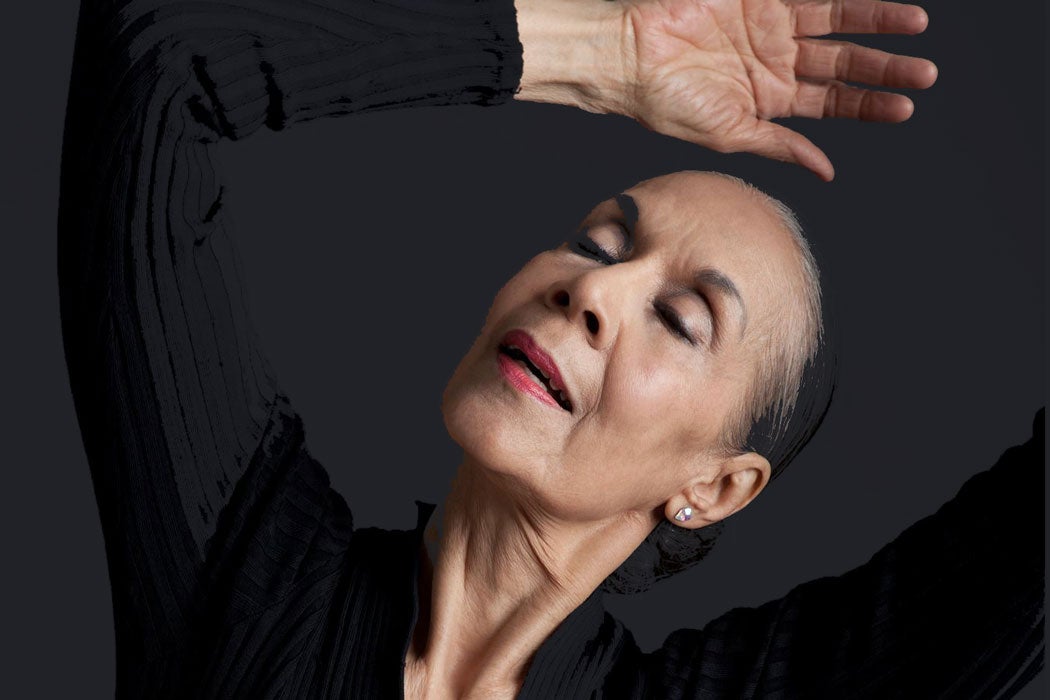Common wisdom has it that ballerinas, like gymnasts and chess players, peak early and retire before their 30s. But dance icon Carmen de Lavallade, 83, has barely slowed down since age 18 when she joined the Lester Horton Dance Theater. She later went on to become a principal with the famed Alvin Ailey Dance Theater, as well as the first African-American prima ballerina at the Metropolitan Opera.
In October, de Lavallade performed her one-woman multimedia dance memoir As I Remember It at Washington D.C.’s Kennedy Center.
How does she do it?
In her 2005 paper, “Performing One’s Age: Cultural Constructions of Aging and Embodiment in Western Theatrical Dancers”, Liz Schwaiger, an Australian researcher specializing in Human Movement and Performance, discusses the implications of aging on a dancers’ practice.
In her research Schwaiger found two general approaches that dancers take in their maturity. In the first, more traditional path, the dancer gradually withdraws from performance, eventually adopting the role of a teacher or coach. In the second path, the chronological age of the dancer is less relevant because the older dancer is not defined through the loss of the attributes of youth.
The continuation of involvement in dance practices of mature dancers enables alternative representations of older bodies to emerge, discrediting the tacit cultural assumption that it is owing to physical decline with increasing age that dancers retire so early in life.—Liz Schwaiger
The dancer’s body, in other words, is in a continuous process of transformation. “It is not a body of loss, but rather one of incessant redefinition—a body in flux, a subjectivity always in flight,” writes Schwaiger.







